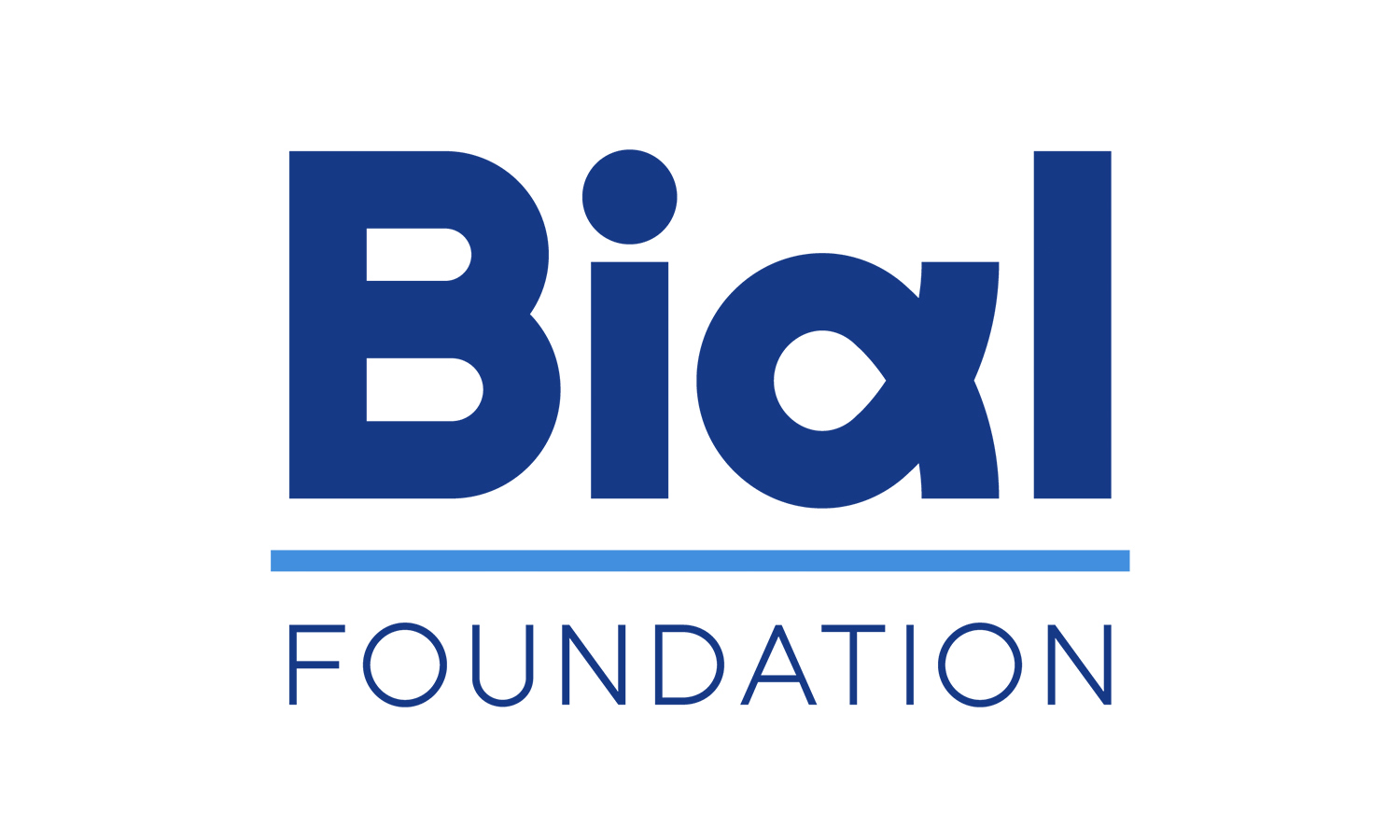Our brains select the most important information and focus on it. To make decisions, they evaluate whether each stimulus is positive or negative. Positive stimuli encourage approach, while negative ones lead to avoidance, aiding in survival. The nucleus accumbens (NAc) plays a central role in this process, but the functioning of its neurons is not yet fully understood.
The team led by Carina Soares-Cunha studied the D1 and D2 neurons in the NAc to understand how they distinguish stimuli and influence learning. Using advanced imaging in mice, they observed that associative learning (when a stimulus is associated with a reward or punishment), both types of neurons are activated and work together, but in different ways.
However, when associations change, such as when a negative stimulus no longer has an unpleasant consequence, D2 neurons are essential for extinguishing that aversive association. Since difficulties in modifying negative associations are linked to anxiety and post-traumatic stress disorder, better understanding the function of D2 neurons may help develop new treatments. This study was published in the scientific journal Nature Communications, in the article Dynamic representation of appetitive and aversive stimuli in nucleus accumbens shell D1- and D2-medium spiny neurons, as part of research project 175/20 - The role of nucleus accumbens in the perception of natural rewards, supported by the BIAL Foundation.
ABSTRACT
The nucleus accumbens (NAc) is a key brain region for motivated behaviors, yet how distinct neuronal populations encode appetitive or aversive stimuli remains undetermined. Using microendoscopic calcium imaging in mice, we tracked NAc shell D1- or D2-medium spiny neurons’ (MSNs) activity during exposure to stimuli of opposing valence and associative learning. Despite drift in individual neurons’ coding, both D1- and D2-population activity was sufficient to discriminate opposing valence unconditioned stimuli, but not predictive cues. Notably, D1- and D2-MSNs were similarly co-recruited during appetitive and aversive conditioning, supporting a concurrent role in associative learning. Conversely, when contingencies changed, there was an asymmetric response in the NAc, with more pronounced changes in the activity of D2-MSNs. Optogenetic manipulation of D2-MSNs provided causal evidence of the necessity of this population in the extinction of aversive associations. Our results reveal how NAc shell neurons encode valence, Pavlovian associations and their extinction, and unveil mechanisms underlying motivated behaviors.





































































